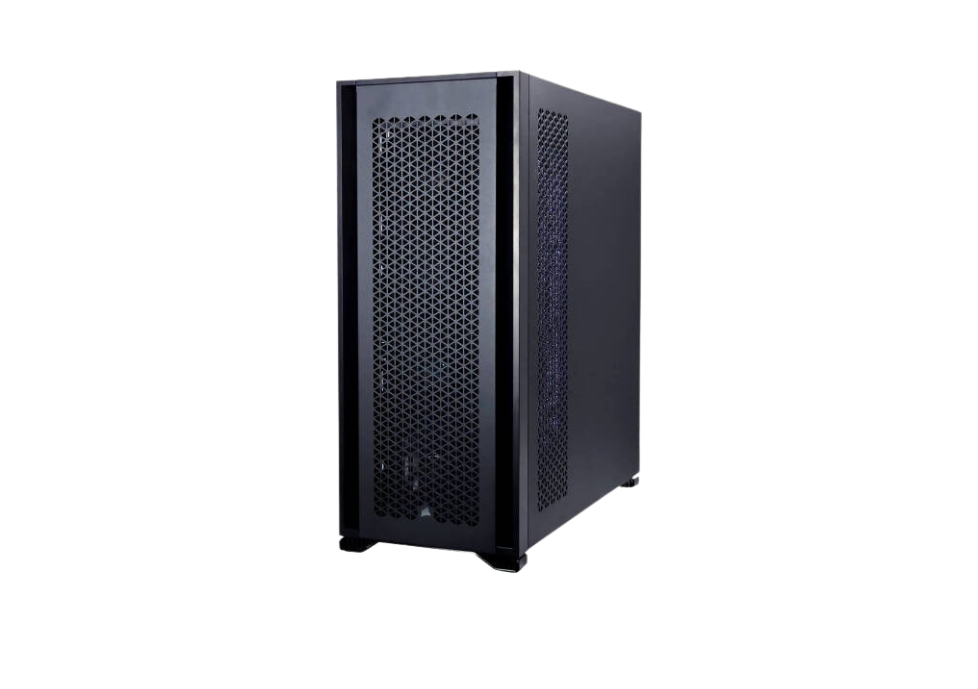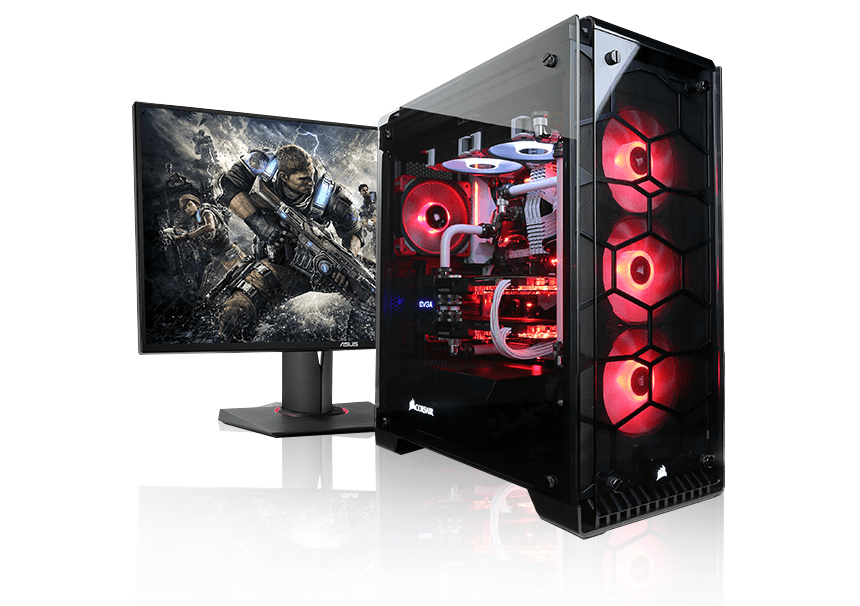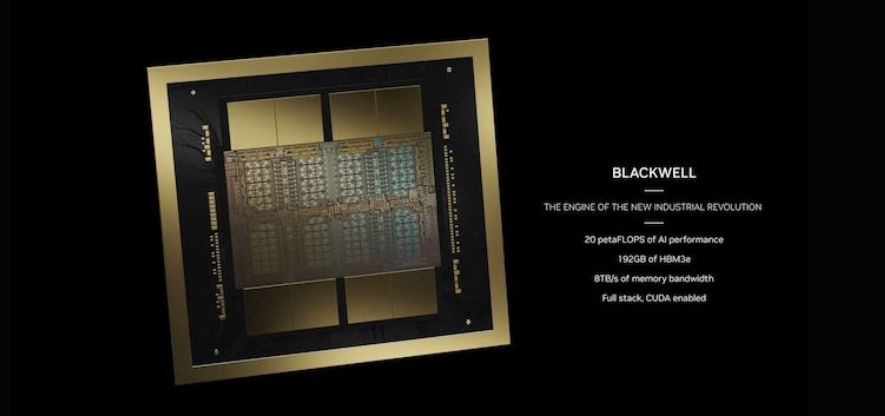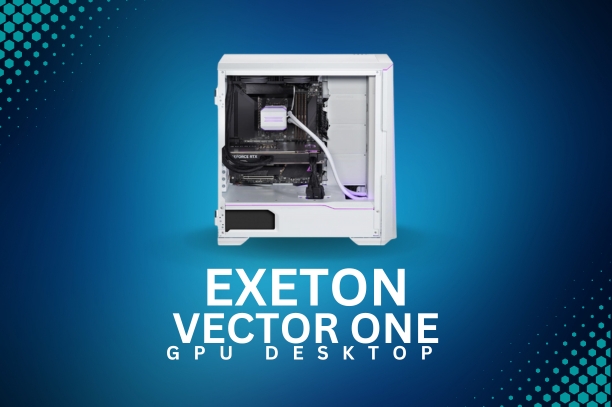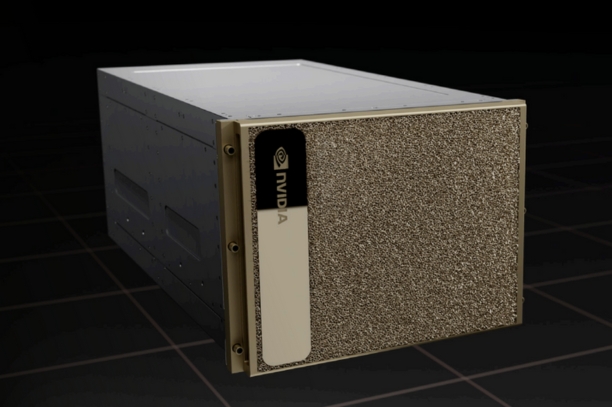Datacenter
GPU clusters designed for deep learning
Boost your IT with our NVIDIA GPU-powered servers - ideal for high-performance computing, AI tasks, and advanced data processing!
Workstation
GPU clusters designed for deep learning
Unlock your professional potential with our cutting-edge Workstation PCs and laptops. Power your productivity with Exeton Workstations!
Gaming
GPU clusters designed for deep learning
Level up your gaming experience with our high-performance PCs, laptops, and GPUs. Dominate the virtual world with Exeton Gaming!
Accessories
GPU clusters designed for deep learning
Elevate your setup with top-tier Workstation and Gaming accessories!



